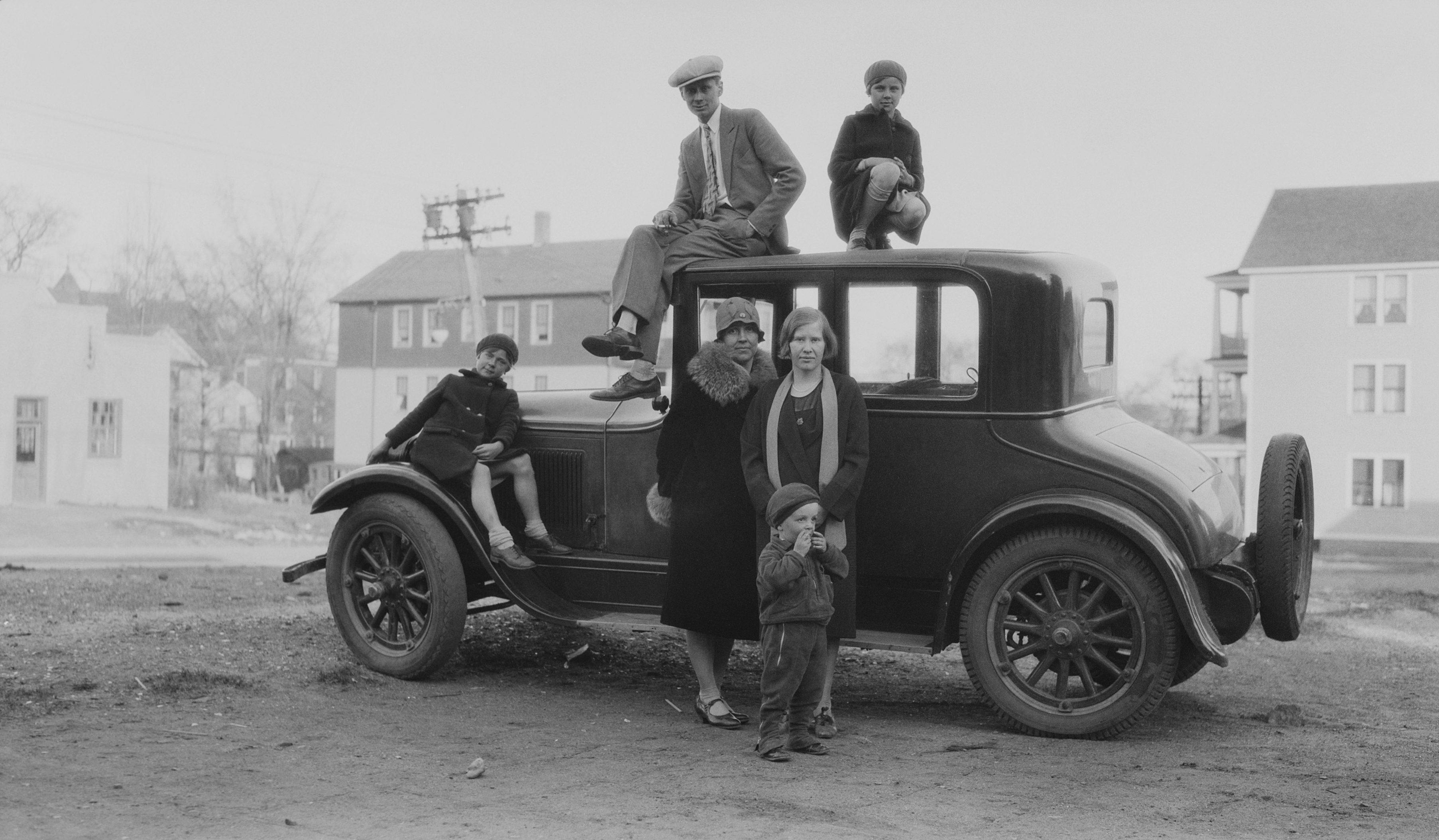
"The purpose of a car's design is to take something that will essentially exist to consumers as an appliance and elevate it into something that they can project an identity onto, and therefore justify blowing 10-to-100 grand to acquire."
"Back in the days of the horse and buggy, roads weren't paved and were pretty foul. Horses famously relieve themselves wherever they happen to be, and their hooves tear up the topsoil."
"As time wore on, humans got a lot better at building roads. Some guy figured out that you could sell cars a lot cheaper, to many more people."
"The original vehicular foothold came from a very practical place: not getting horseshit kicked up on you."
Car design elevates appliances into identity symbols, justifying consumer spending from $10,000 to $100,000. This evolution stems from practical needs, such as avoiding dirt from horses in the era of buggies. Early carriages were designed high to prevent contact with street waste. As roads improved, mass production revolutionized car manufacturing, leading to lowered passenger cabins. The original design focus on practical footholds reflects the historical context of vehicle usage and consumer expectations, culminating in the modern automobile's dual role as transportation and a personal statement.
Read at defector.com
Unable to calculate read time
Collection
[
|
...
]